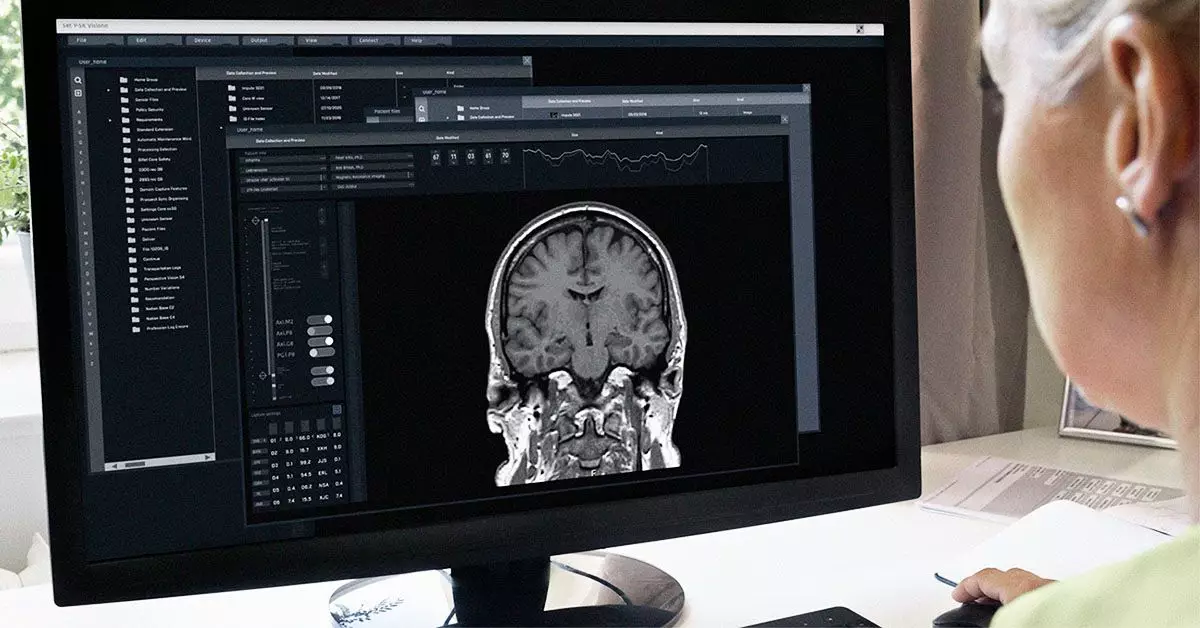Pineal region tumors are a rare phenomenon, occurring in or around the pineal gland—a small endocrine organ vital for regulating sleep through melatonin production. Nestled deep within the brain, the pineal gland is strategically located between the two hemispheres, making tumors in this area uniquely challenging to diagnose and treat. These tumors account for an estimated 1% of all primary brain tumors, which underlines their rarity and the complexity involved in their management.
Given their obscure nature, pineal region tumors warrant in-depth exploration to uncover their types, potential causes, symptoms, and treatment methodologies.
Pineal tumors can be classified into various categories based on their cellular origin and behavior:
1. **Pineocytomas**: These generally benign tumors are typically slow-growing and more prevalent among adults. Their non-invasive nature often means they may not provoke serious symptoms initially.
2. **Pineoblastomas**: In stark contrast, these tumors are malignant and aggressive, predominantly affecting children. Their invasive behavior poses significant challenges in terms of treatment and management.
3. **Germ Cell Tumors**: These tumors can manifest as either benign or malignant forms, frequently seen in adolescents and young adults.
4. **Gliomas**: Originating from glial cells, gliomas in the pineal region can vary in their malignancy and are another category that healthcare professionals must contend with.
Understanding these classifications is crucial for developing tailored treatment strategies, as the nature of the tumor significantly influences clinical outcomes.
While researchers are still deciphering the exact causes of pineal tumors, several contributory factors have emerged from studies:
– **Genetic Mutations**: Certain heritable genetic alterations may predispose individuals to specific tumor types, such as pineoblastomas.
– **Radiation Exposure**: Patients who have undergone radiation therapy, particularly targeting the head, face heightened risks for developing brain tumors, including those in the pineal region.
– **Environmental Influences**: Although inconclusive, there are ongoing investigations into how environmental toxins and carcinogens might correlate with increased tumor incidence.
Identifying these factors is essential, not only for prevention strategies but also for establishing more personalized treatment protocols.
The symptoms exhibited by individuals with pineal tumors often hinge on the tumor’s size, type, and location. Due to the central positioning of the pineal gland in the brain, these tumors can exert influence over various neurological functions:
– **Headaches**: Increased intracranial pressure may manifest as persistent or severe headaches.
– **Hydrocephalus**: This condition, characterized by a buildup of cerebrospinal fluid, can result in nausea, vomiting, and difficulties with balance.
– **Visual Disturbances**: Tumor pressure on the optic nerve may precipitate vision issues, along with difficulties in certain eye movements.
– **Hormonal Imbalances**: As the pineal gland is responsible for melatonin production, disruptions can result in altered sleep patterns and other hormonal anomalies.
– **Neurological Changes**: Cognitive decline, personality shifts, and seizure activity are also of concern, necessitating a comprehensive assessment.
To diagnose pineal tumors, healthcare professionals typically employ advanced imaging techniques such as MRI and CT scans to visualize structural changes in the brain. In some cases, further diagnostic measures like biopsies or lumbar punctures may be warranted to ascertain the tumor’s precise nature and guide treatment decisions.
The course of treatment for pineal region tumors is not uniform but rather tailored to the individual’s specific condition, taking into account tumor type, size, location, and the overall health of the patient. Some common treatment strategies include:
– **Surgery**: Generally considered the primary treatment option, surgical intervention aims to remove the tumor, albeit with caution due to its delicate location.
– **Radiation Therapy**: Frequently employed post-surgery, this treatment option targets remaining cancer cells, particularly in cases involving malignant tumors.
– **Chemotherapy**: Especially advantageous for germ cell tumors, chemotherapy may be more effective in certain tumor types, contingent upon their biological behavior.
– **Endoscopic Third Ventriculostomy (ETV)**: This less invasive procedure is specifically designed to alleviate symptoms of hydrocephalus by rerouting cerebrospinal fluid flow.
– **Observation**: In select cases, especially for slow-growing and benign tumors, careful monitoring may be deemed appropriate without immediate intervention.
Surveillance strategies empower healthcare teams to ascertain tumor behavior over time, ultimately guiding clinical decision-making and optimizing patient outcomes.
The prognosis for individuals diagnosed with pineal region tumors is highly variable and influenced by numerous factors, including tumor type and growth rate. Benign tumors such as pineocytomas generally yield favorable outlooks, while malignant tumors possess poorer prognoses due to their aggressive nature and propensity for metastasis.
Through continued research and advancements in medical therapies, the hope remains that outcomes for patients with pineal tumors may improve over time, fostering a more comprehensive understanding of these complex and rare tumors.
While pineal region tumors are far from common, their significance in neurology demands attention. By enhancing awareness and understanding of their nature, symptoms, and treatment options, the neuroscience community can improve diagnoses and therapeutic strategies for affected individuals.

